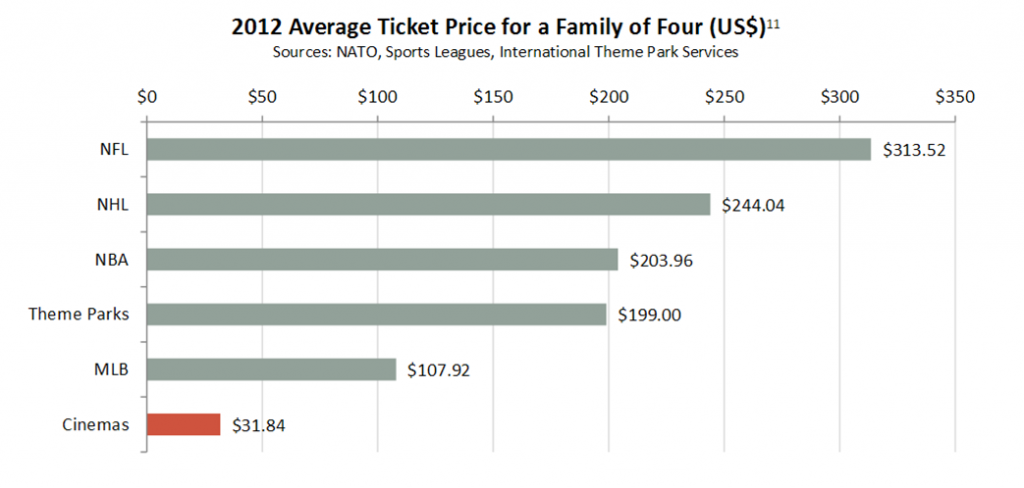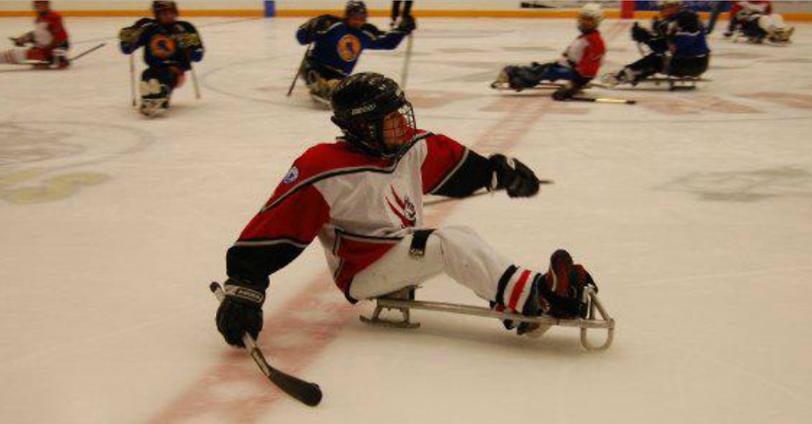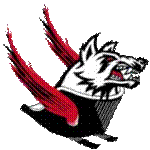Movie Ticket Sales Up in 2012; Industry Cites Value vs. Sports, Theme Parks
/Despite an increasing number of alternative forms of entertainment as technology continues to advance, the motion picture industry reminds us that movie theaters continue to draw more people than all theme parks and major U.S. sports combined. Noting that the average cinema ticket price increased by 3 cents in 2012, less than the 2% increase in inflation, the industry uses the comparisons to highlight the dollar value they provide to families nationwide. Comparisons to other forms of entertainment, including video games and internet programming, was not included in the industry’s “Theatrical Market Statistics 2012” report.
A movie “still provides the most affordable entertainment option,” costing under $40 dollars for a family of four, according to the Motion Picture Association of America, as compared with $107.92 to attend a major league baseball game, $199.00 to attend one of the nation’s leading theme parks, $203.96 to go to an NBA game, $244.04 at an NHL arena, and $313.52 to attend an NFL game.
More than two-thirds of the population in the U.S. and Canada (age 2+) went to the cinema at least once in 2012, and the “typical moviegoer” bought six tickets during the year, a slight increase from the previous year. A total of 1.4 billion tickets were sold during the year.
Among the nation’s 12 most populous states, 74 percent of the population of Illinois saw a movie in 2012, the highest share in any of those states. Data pertaining to Connecticut  was not released. Cinema ticket sales continue to be driven by frequent moviegoers –those who go to the movies once a month or more. Frequent moviegoers represent 13% of the population but purchased 57% of all tickets sold in 2012.
was not released. Cinema ticket sales continue to be driven by frequent moviegoers –those who go to the movies once a month or more. Frequent moviegoers represent 13% of the population but purchased 57% of all tickets sold in 2012.
“I am happy to report tha t in 2012, both global and domestic box office were up and so were domestic admissions,” said former Connecticut Senator Chris Dodd, Chairman and CEO of the MPAA. “It’s a powerful reminder of just how much movies matter – not just to our culture, but also to our economy. Our industry supports 2.1 million jobs in the United States and more than 120,000 of those jobs are in movie theaters.”
t in 2012, both global and domestic box office were up and so were domestic admissions,” said former Connecticut Senator Chris Dodd, Chairman and CEO of the MPAA. “It’s a powerful reminder of just how much movies matter – not just to our culture, but also to our economy. Our industry supports 2.1 million jobs in the United States and more than 120,000 of those jobs are in movie theaters.”
The top movies of 2012, by attendance: The Avengers, The Dark Knight Rises, The Hunger Games, Skyfall and Twilight Saga: Breaking Dawn Part 2.









 ed, multi-state, adult sled hockey league in the U.S, with teams representing Connecticut, New Hampshire, New York, New Jersey, Western Massachusetts, and Pennsylvania.
Sled hockey, also known as
ed, multi-state, adult sled hockey league in the U.S, with teams representing Connecticut, New Hampshire, New York, New Jersey, Western Massachusetts, and Pennsylvania.
Sled hockey, also known as  eams in town to play six back-to-back games set to begin at 10 AM and run through early afternoon. The teams will all be back in Newington again for a full slate on February 10. Connecticut's team, the Wolfpack, is 1-0-1 on the season, in second place.
eams in town to play six back-to-back games set to begin at 10 AM and run through early afternoon. The teams will all be back in Newington again for a full slate on February 10. Connecticut's team, the Wolfpack, is 1-0-1 on the season, in second place.





























